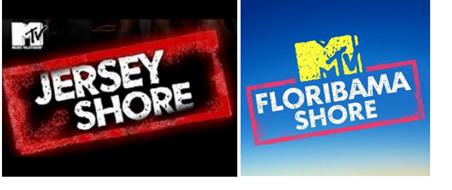The US Court of Appeals for the Federal Circuit, prioritizing specific allegations in the complaint over disclosures in exhibits to the complaint, reversed and remanded a district court decision dismissing an original complaint, denying leave to file an amended complaint. Healthier Choices Management Corp. v. Philip Morris USA, Inc.; Philip Morris Products S.A., Case Nos. 22-1268; -1563 (Fed. Cir. Apr. 12, 2023) (Taranto, Cunningham, Stoll, JJ.)
Healthier Choices Management (HCM) filed a complaint for patent infringement against two Philip Morris defendants in the Northern District of Georgia. The infringement allegation involved a patent for a nicotine delivery device. The relevant language from the claims focused on a heating element in the device “initiating . . . a combustion reaction . . . [with] the combustion reaction at least partially combusting the combustible material.” In its complaint, HCM alleged that the heating in the accused product resulted in at least partial combustion.
Philip Morris defended the claim by arguing that its accused product aerosolized the nicotine at a low temperature and, therefore, never combusted the tobacco. Philip Morris filed a motion under Fed. R. Civ. Pro. 12(b)(6) against HCM arguing that an exhibit to the complaint “conclusively demonstrated” that the accused product did not initiate a combustion reaction. The district court agreed and granted the motion to dismiss, prompting HCM to file a motion for leave to amend its complaint to more definitively allege infringement. The district court denied the motion and granted Philip Morris’s subsequent motion for attorneys’ fees under 35 U.S.C. § 285. HCM appealed.
Since the issues raised were not unique to patent law, the Federal Circuit addressed HCM’s appeal under the law of the relevant regional circuit, the Eleventh Circuit. The Court noted that in the Eleventh Circuit, exhibits attached to a complaint can be considered and the exhibit controls in the event of any conflict with allegations pertaining to the exhibit. However, when an exhibit is alleged to be factually false in some way and the allegations in a complaint are specific and well pleaded, then the allegations in the complaint control. The exhibit regarding the accused product in this case was alleged to be incorrect, as far as it stated that there was no combustion initiated by the “heat-not-burn” method described in the exhibit. HCM contended that combustion occurred despite the assertions in that document. Relying on several cases disavowing the truth of the exhibit, the Federal Circuit found Eleventh Circuit law to be both clear and in alignment with HCM. The Court concluded that in light of the detailed allegations as to the basis underlying HCM’s disagreement with the facts asserted in the exhibit, the complaint should not have been dismissed based on the exhibit.
The Federal Circuit next turned to HCM’s amended complaint. Noting that the amended complaint “superseded” the earlier complaint, the Court found that the amended complaint removed the offending exhibit and any references to the offending exhibit and included a declaration of a technical expert to further support HCM’s allegations. [...]
Continue Reading
read more

 Subscribe
Subscribe




